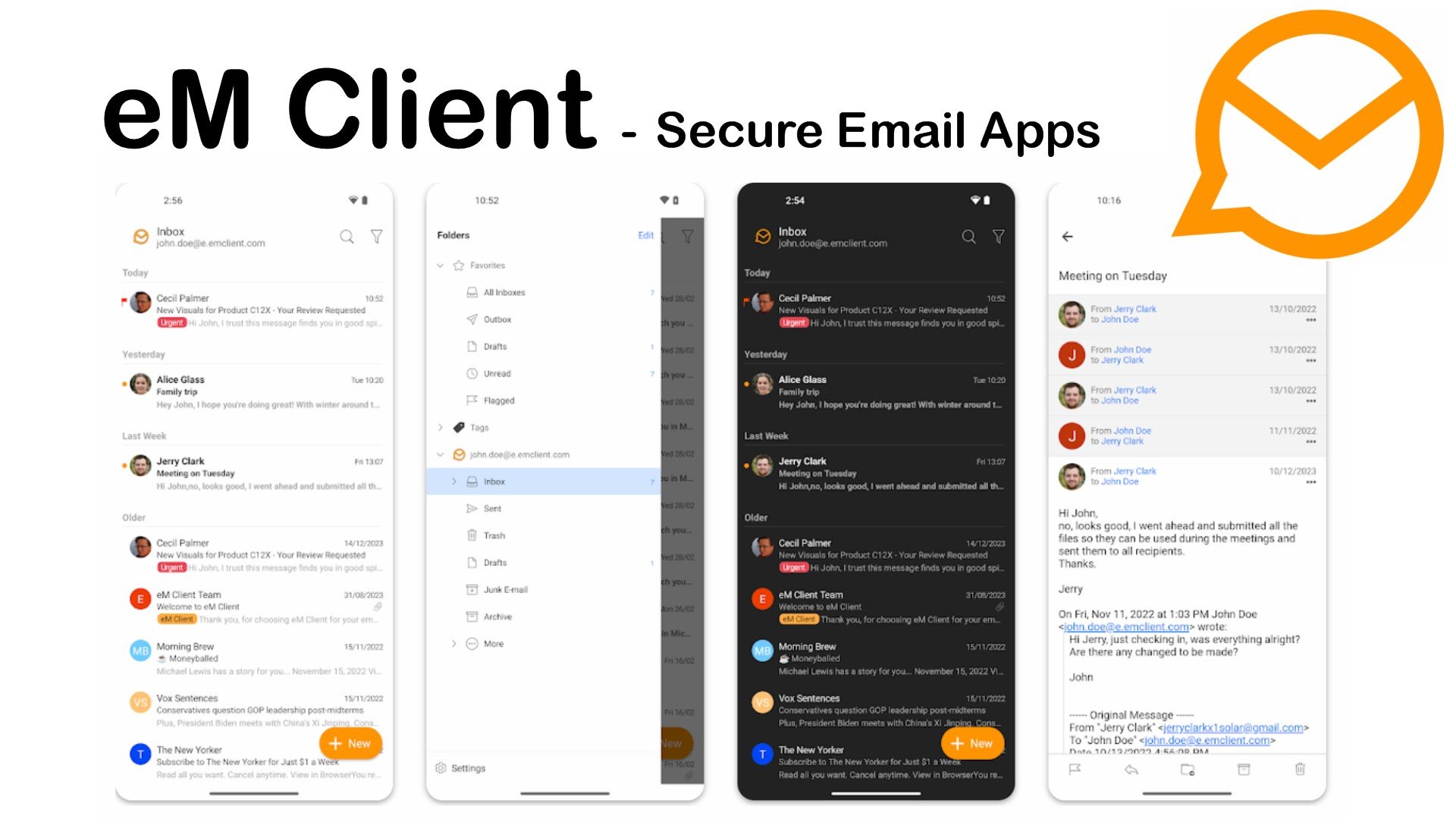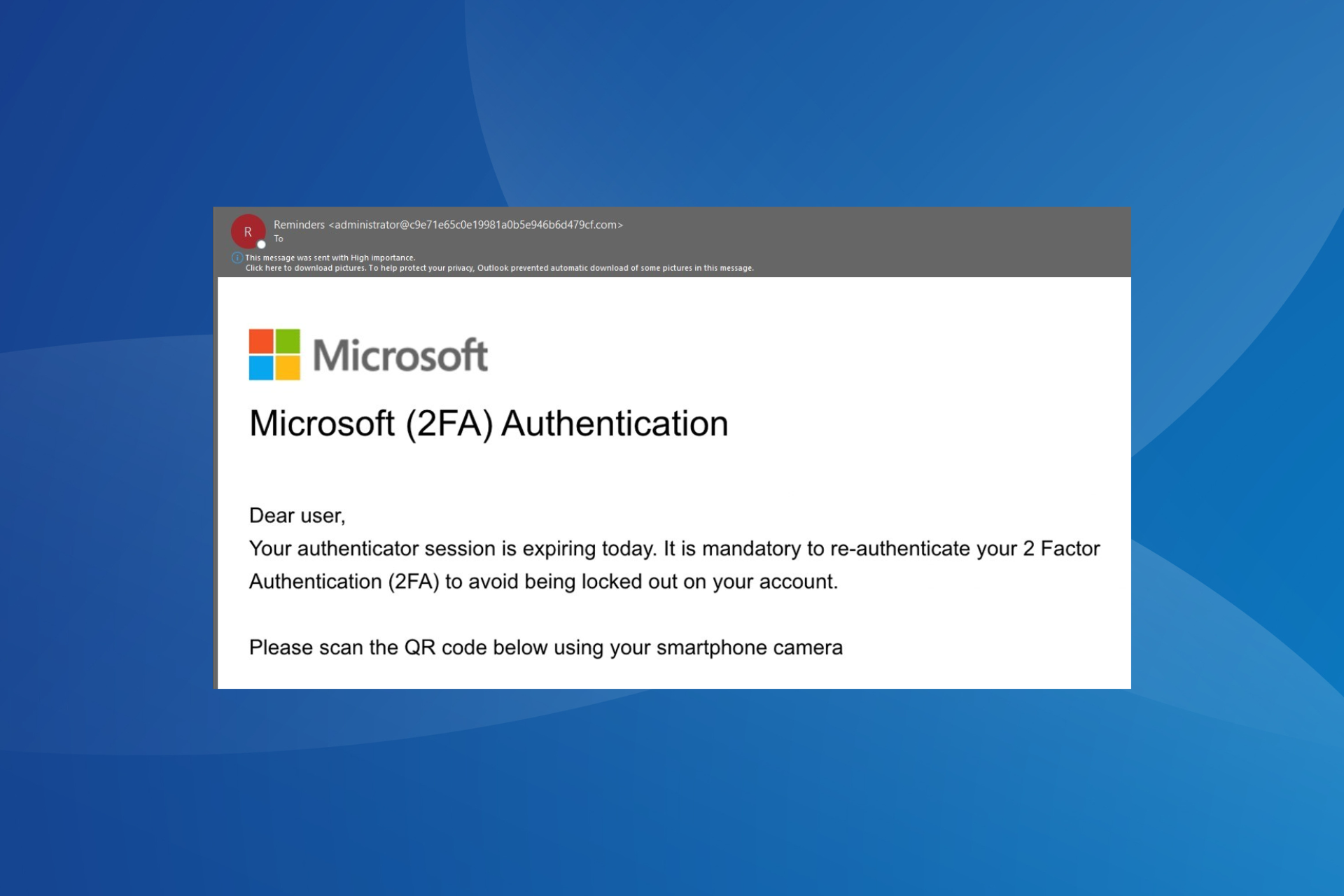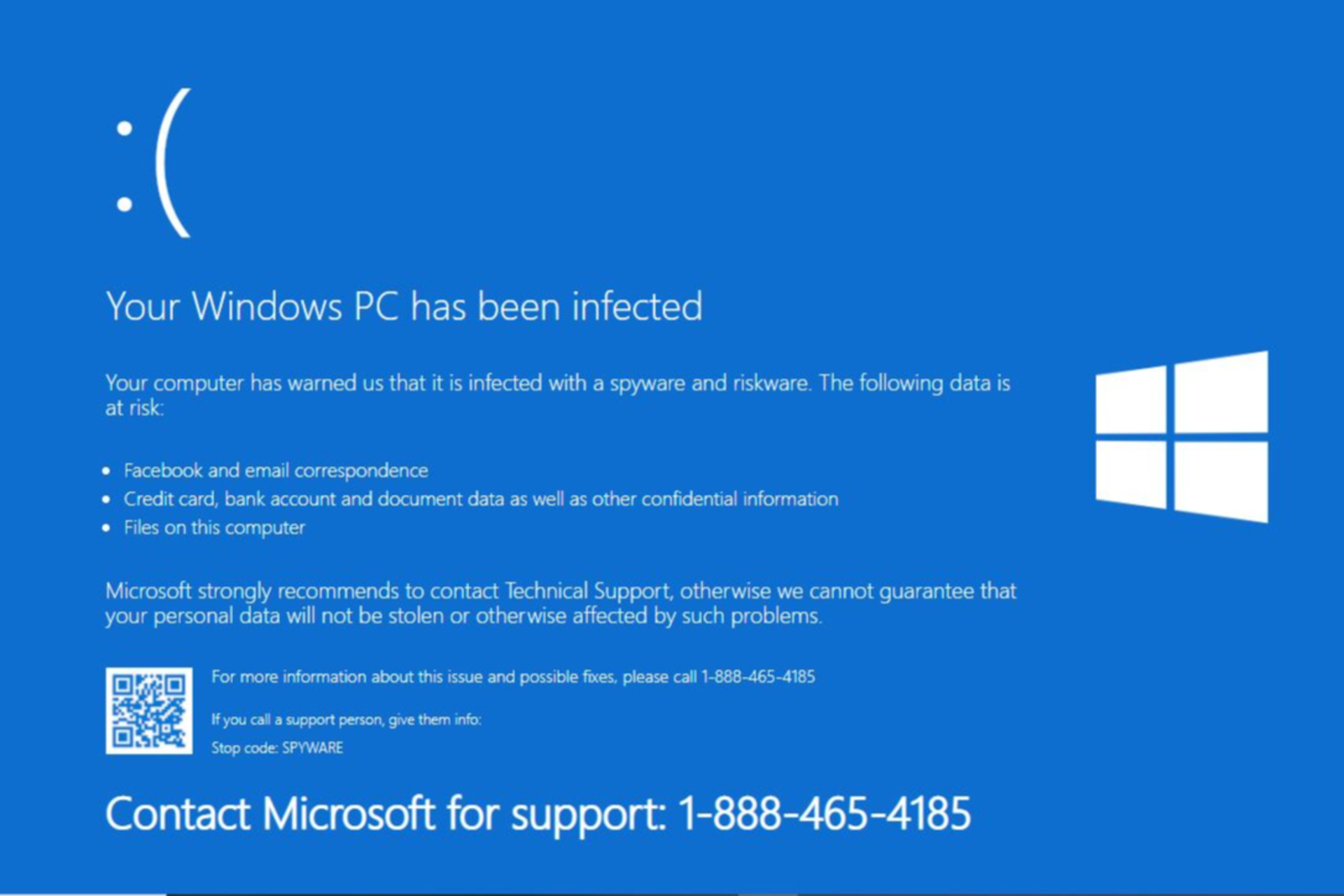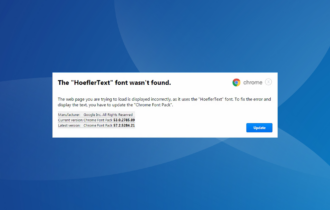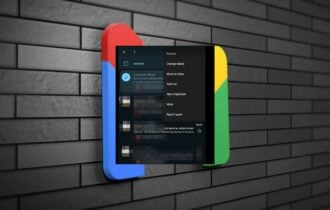Your Account Is Set to Close Microsoft Email: Explained
Here's how to spot a legitimate Microsoft email
5 min. read
Updated on
Read our disclosure page to find out how can you help Windows Report sustain the editorial team Read more
Key notes
- If you have an old Hotmail, Outlook, or MSN email address, you might get an email from Microsoft asking you to sign in again to avoid being locked out.
- However, in light of this information, there are scammers taking advantage of this information and sending phishing emails that resemble the real thing.
- If you are unsure whether the email is fake, we share some tips to spot a legitimate Microsoft email.

If you’ve received an email from Microsoft saying that your account is set to close, there’s a good chance that you’ve been hacked. More often than not, you may receive emails that appear to be from Microsoft but aren’t.
These messages can contain links that lead to malicious websites or download malware onto your computer. Whereas you need to be wary of scam messages, there exist legitimate messages such as We need to fix your account that needs your attention.
Read on to find out what the Your account is set to close Microsoft email means and whether it is a scam.
Why did I get the Your account is set to close Microsoft email?
If you get an email saying your account is closed, it is likely because of one of the following reasons:
- Device requirements – You’re trying to sign in to your Microsoft account on a device that does not meet the minimum hardware requirements.
- Account linking – You may have associated your account with another person’s Microsoft account, and they’ve changed their password or deleted their account.
- Security threat – If Microsoft suspects suspicious activity, they may lock your account temporarily. There may be an unusual sign-in activity, and you must act swiftly. Someone else may have tried to sign in to your device with an incorrect password too many times.
- Account has been compromised – If you have requested to delete your Outlook account because it was compromised or hacked, Microsoft may send this message.
- Inactivity – If your account has been inactive for a long period, Microsoft may notify you of its plans to close it.
- Account violation – Microsoft has some Terms and conditions that every user must adhere to. If you have violated any of these terms, your account may be closed.
How do I know if an email is really from Microsoft?
1. No unsolicited messages
Microsoft does not send unsolicited emails to customers or partners. If you receive an email from Microsoft about a problem with your account or a request for personal information, likely, it’s not from Microsoft. Such is the case with the Your account is set to close Microsoft email message.
Such messages are scams, and you should delete them without opening them. When you receive a message from someone claiming to be from Microsoft, it’s important to verify the sender’s identity before clicking any links or attachments.
2. Urgent call to action or threats is not Microsoft’s style
If the email contains an urgent action, such as click here or reply now, it’s probably a scam. Microsoft will never send these kinds of messages. If something needs your attention, Microsoft will likely send a notification from within the settings.
Scammers typically use this email to get you to click on a link or download an attachment. To stay protected, hover around the link and check whether it displays Microsoft’s official page.
3. Microsoft never asks for your password
If you received an email from someone claiming to be from Microsoft asking for your password or other personal information, that email is not authentic. Microsoft never asks for your password, online banking information, or other private information through email.
There may be times that you may receive an email asking you to change your password, especially if a threat has been detected. Such are usually from Microsoft, and you should do so at your earliest convenience. Also, if you haven’t already, you should set up and use multi-factor authentication software.
4. Microsoft does not hide Email IDs
Microsoft’s support team does not use the email address (email protected). Scammers use this trick to try and fool you so that you cannot verify the email ID used.
Legitimate emails from Microsoft will include the official email address indicated on the support page. You can verify this information by accessing the official website.
5. Incorrectly addressed emails
If the email you receive does not mention your name or address you directly, it may not be from Microsoft. The subject line should also be related to the text of the message. If not, it may also not be from Microsoft.
Examine the email closely and check for all possible hints. The smallest details could save your account from hackers.
6. Poorly written and bad grammar emails
Check for grammar mistakes. If there are spelling or grammatical errors in the email, it isn’t from Microsoft. Many phishing emails include spelling or grammatical mistakes to make them appear legitimate. Microsoft doesn’t make these kinds of mistakes in their communications.
Regarding Microsoft products and services, scammers are not running out of ideas soon. The Windows Defender order scam is yet another phishing attempt to get users to surrender their personal details.
Does Microsoft email you about the suspicious activity?
Microsoft does send emails about suspicious activity to users every time a login attempt is flagged. Along with the email, many also receive an SMS on their mobile phones.
Remember that emails concerning suspicious activity are always received from the official ID, i.e., [email protected]. So, the sender’s section will help identify whether the email is genuine or a phishing attempt.
Hopefully, you can decipher legitimate Microsoft emails from phishing and scam emails using the tips provided above. If you get the message that your account is set to close from Microsoft email, you can rest assured that it is not real.
Elsewhere, users also noted another elaborate Norton 360 email scam. If you’ve not heard of it, we have discussed in detail how you can easily spot such scams from a mile away in our guide.
We hope you got to know everything there was to know about the Your account is set to close Microsoft email message.
Do let us know of any other tips that you use to weed out scam emails in the comment section below.


